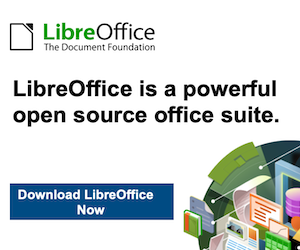Responsive Web Design with Laura Kalbag: A talk by Laura Kalbag (@laurakalbag).
It’s all too easy to get caught up in fancy new web development techniques and forget that the responsive approach also requires a different mindset during the design process. Focusing on design principles for multiple devices, and discussing how we can fit responsive design into our process, I want to help break down the walls we’ve been hitting with concepts, clients and our own creativity.
Laura Kalbag emphasizes rights-respecting design, accessibility, and inclusivity. Her approach to web design isn’t just about aesthetics or functionality but deeply integrates ethical considerations, aiming for designs that respect user privacy and rights.
In her work, Kalbag discusses the use of grids not just as a layout tool but as a fundamental component of responsive design. She advocates for a flexible approach where content dictates design, rather than the other way around. This involves choosing a base unit for grid design that might not strictly follow traditional typographic rules but instead reflects content needs and user experience across different devices.
Kalbag’s approach often starts with the content. She believes in designing “content out, not canvas in,” which means designing around the content’s needs rather than forcing content into predefined layouts. This methodology ensures that design remains flexible and responsive to content, thereby naturally adapting to various screen sizes.
While she acknowledges the value in both approaches, her critique of Ethan Marcotte’s “Responsive Web Design” book touches on the importance of considering mobile-first design from the beginning, not as an afterthought. This shift in thinking influences how developers and designers prioritize content and layout adjustments.
Laura has contributed to discussions on design systems, highlighting how responsive web design fits into a broader system where components are designed with variability in mind. This includes consistent typography across devices, using typefaces and sizes that enhance readability and maintain design integrity regardless of screen size.







Leave a Reply
Your email is safe with us.
You must be logged in to post a comment.